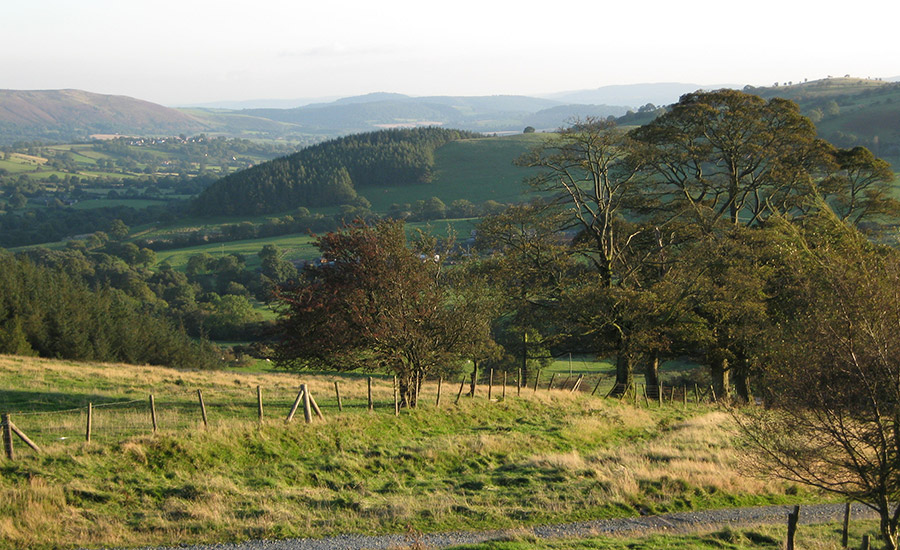Listed below are the projects which have received funding from the Farming in Protected Landscapes Programme in the Shropshire Hills between September 2021 - March 2022.
The funding is aimed at farmers and land managers in England's protected landscapes and is for one-off farming projects that can demonstrate benefits to climate, nature, people and place.
The programme is part of the government's Agricultural Transition Plan which is shifting from direct payments to farmers, to rewarding environmentally-friendly practices.
national report about the programme
Click button below to download the list of projects that have been supported to date:
projects in the Shropshire Hills
or view project summaries on our website by clicking links below:
- farming projects, 2022 - 2023 (year 2)
- farming projects 2023 - 2024 (year 3)
- farming projects 2024 - 2025 (year 4)







.jpg)